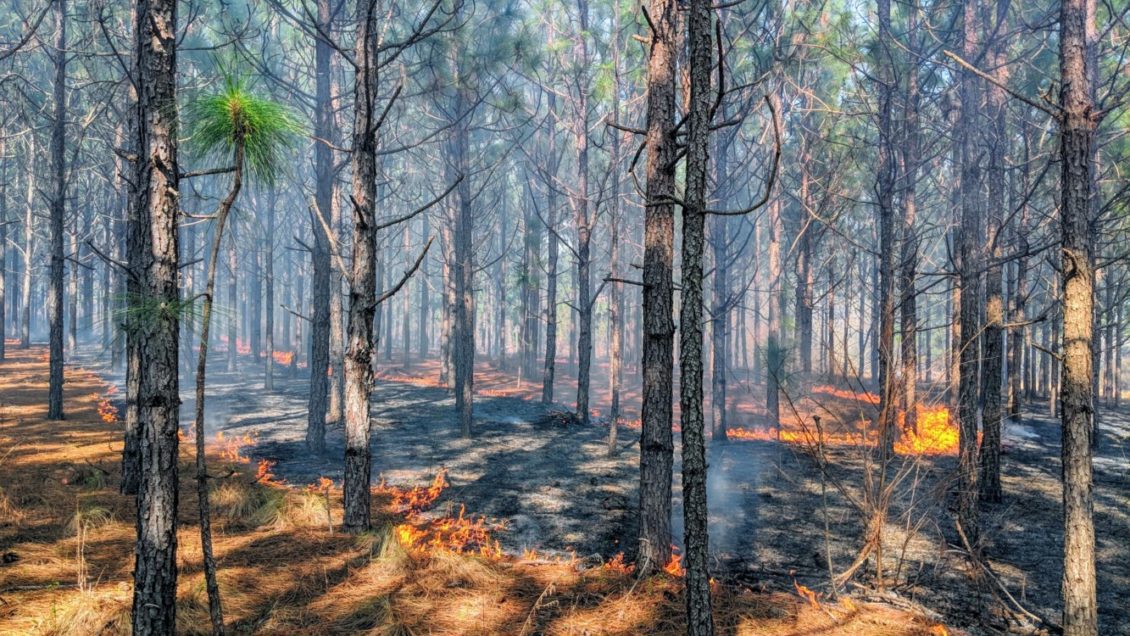It’s March, and Governor Henry McMaster has once again proclaimed Prescribed Fire Awareness Month as a way to bring much needed awareness to the role fire plays in forest management and the protection of lives and property in South Carolina.

While sometimes frowned upon, the importance of the use of prescribed fire as a tool to combat wildfires should not be underestimated. For at least five years, extreme weather events such as flooding, tropical storms and hurricanes, have been prevalent in our state. As you can probably imagine, all of this rain and storm activity has resulted in decreased ability to conduct much-needed prescribed burns due to wet fuels and fewer days with desirable burning conditions.
“When we don’t burn, forest fuels, such as pine straw, leaf litter, grasses and other flammable materials that can readily ignite, pile up,” said Clemson Extension Agent Ryan Bean. “If the patterns don’t change we could eventually find ourselves in a similar situation to our western neighbors who continue to face catastrophic wildfires each year.”
That’s why on a cool, crisp March day, you might see a team of skilled professionals using the best management tool available for preventing larger and more frequent fire outbreaks — prescribed fire. As a bonus, these fires are also minimizing the spread of pest insects and disease, removing unwanted species that threaten species native to an ecosystem, improving habitats for wildlife and promoting the growth of trees and other vegetation.
This is why we must continue to spread the word about both how and why prescribed fire is used. Clemson Cooperative Extension Service regularly conducts educational programs and workshops related to prescribed fire and has also installed several demonstration areas across the state. These demonstration areas showcase variations in timing of fire, intensity of fire, conditions pre and post burn, and much more.
If you are interested in learning more about the use of prescribed fire please contact your local Forestry and Natural Resources Extension Agent or contact Bean directly at 803-432-9071.
Get in touch and we will connect you with the author or another expert.
Or email us at news@clemson.edu

